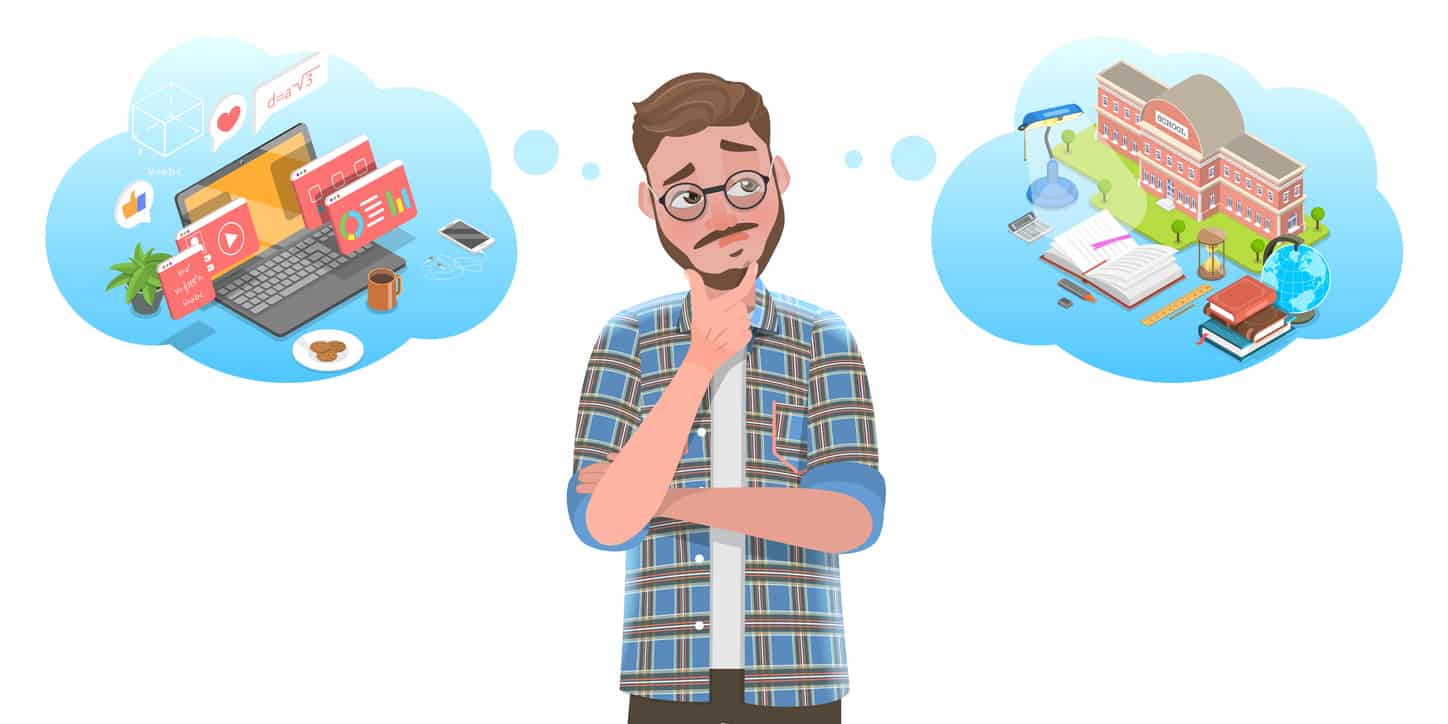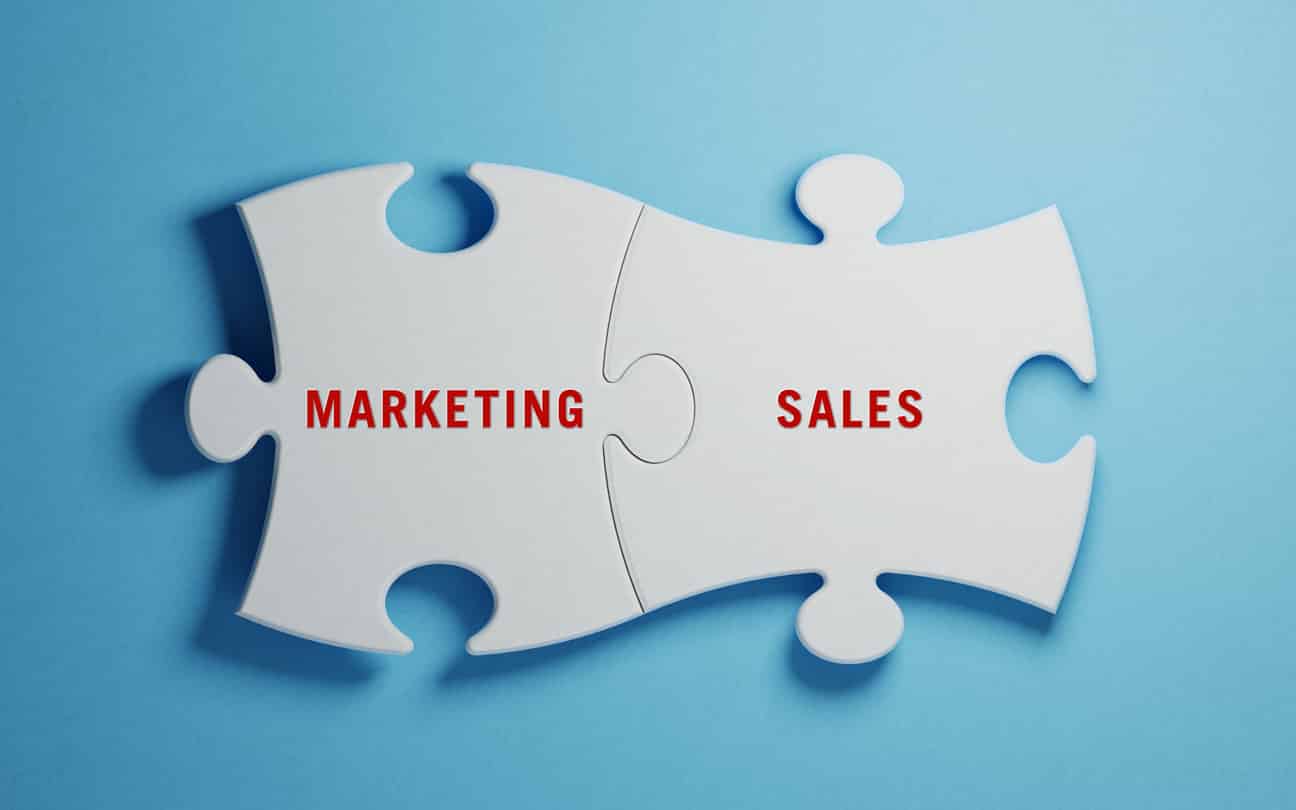- Introduction
- What is B2B Sales?
- What is a B2B Sales Process?
- How did the B2B Sales Process work before the pandemic?
- B2B Sales Process/Sales Technique #1: Rediscover your Customer
- B2B Sales Process/Sales Technique #2: Refocus the Salesforce
- B2B sales process/sales technique #3: Reimagine the offer
- B2B sales process/sales technique #4: Reset your sales approach
- B2B sales process/ sales technique #5: Re-enable your sales team
- Conclusion
Introduction
“96% of B2B sales teams have partially/fully shifted to remote settings.
65% B2B decision-makers call the remote model more effective than the way of conducting business before the pandemic.
And, economies like India and China have led to this massive change in scale. “
This is what just one McKinsey report says about the change the pandemic has brought about in the B2B sales. The industry has changed so significantly that digital is now an essential part of doing business.
But before deep-diving into how the pandemic changed the B2B sales sector, first let's understand what B2B sales is, its sales processes, techniques, and how it works.
What is B2B Sales?
B2B, referring to Business to Business sale/transaction, involves selling goods/services to businesses as opposed to selling directly to the consumer.
Sales are one of the most crucial parts of any business across the sector so check out this course on sales management.
In general, there are three types of B2B sales:
| Supply Sales | Selling goods that support another business requires quantity & purchase authorization. |
| Wholesale/Distribution Sales | Selling key manufacturing and retail components to businesses. |
| Service/Software Sales | Selling services or products in the form of services like software. |

What is a B2B Sales Process?
The B2B sales process is a series of phases/stages, occurring when one business sells to another. While the exact number of stages differs for each industry, a sales process usually ranges between 5-8 stages.
How did the B2B Sales Process work before the pandemic?
The standard B2B sales process has remained the same before and after the pandemic; however, the digital transformation of businesses has complicated the process and opened new avenues for experimentation.
Let’s understand the sales process and how it has changed post-pandemic with the table below:
| Before Pandemic | After Pandemic |
| Research | Rediscovering your customer |
| Finding your customer | Refocusing the sales force |
| Conducting initial outreach | Reimagining the offer with new narratives, terms, and approaches |
| Pitching to your leads | Resetting sales approach mechanism |
| Following-up | Re-enabling your sales team |
| Closing the deal |
The new kind of sales process mentioned in the ‘After Pandemic’ section of the table is the new way of approaching the process. As the COVID-19 and its economic repercussions impact the industry, these processes, first given by Accenture, are a useful way of adapting and battling the change that the pandemic has brought.
Let’s now discuss these new sales processes in the light of how the pandemic changed B2B sales forever:
B2B Sales Process/Sales Technique #1: Rediscover your Customer
Before the pandemic, traditional sales teams relied on ‘research’ as the first step in the B2B sales process. In this, they looked for their market, customers, and their competitors besides the value proposition of their product.
During the pandemic, the sales process shifted to Rediscovering your customer. The new stage now has re-defined step 1 (research) of the B2B sales process that was employed earlier.
What is the new sales technique?
As the pandemic continues, now more than ever, it is the need of the hour for businesses to find innovative ways of understanding customer needs and responding to them accordingly. Historical customer insights and vast amounts of data repository are irrelevant now. So, with such varied changes in buyer priorities and demand, some sectors have profited while others have suffered losses. In such a scenario, a proactive and empathetic approach to understanding customer needs and transforming them into ROI decisions is the best way of redefining stage 1 of the new B2B sales process.
It can be done with a mixed-bag approach that employs:
B2B Sales Process/Sales Technique #2: Refocus the Salesforce
Before the pandemic, step 2 of the B2B sales process was about ‘Finding your customer’. This involved finding potential customers, assessing and qualifying your prospects.
The new B2B sales technique in the pandemic has become centred around infrastructure that is virtual. Now, virtual sales teams do all of the traditional ‘finding your customer’ tasks with online and contactless technologies.
Stage 3 of B2B sales process
Like remote working in other sectors, traditional field sales have also become hybrid. Now, organizations have begun employing virtual sales teams to quickly adapt to the changing work models.
This need to redefine their sales journey has led many in B2B selling to make bold and innovative use of virtual tools to keep their businesses running. This quick, industry-wide switch to digital-first has also led to the overall increase in the tech-savviness of the B2B sales industry.
Thanks to the global pandemic, industries including B2B have become technology-friendly and have begun to recover quickly. According to Accenture research, 46% SMBs have invested in infrastructure that is more virtual, online, and contactless.
B2B sales process/sales technique #3: Reimagine the offer
Before the pandemic, ‘initial outreach’ was step 3 of the B2B sales process. It included reaching out to your ideal customer with techniques like outbound marketing(eg: social media), inbound (eg: blogs on your website) marketing, and direct marketing (eg: email marketing).
In the pandemic, customers’ needs have changed to such a vast extent that this step of the sales process has to be redefined to include customers’ unmet needs and their changing demands.
How has the pandemic affected and changed this B2B sales process?
Economic losses in terms of market capitalization and revenue in all industries due to the pandemic are irreversible. But, to recover and minimize losses, B2B companies can and have in such times realigned their narrative strategies.
Now, they are more inclined towards understanding customers’ unmet needs, their changing demands, and tailoring their responses by testing, learning, and repositioning their offers and deal terms.
In the post-COVID world, one of the most difficult challenges would be to retain customers while creating new opportunities for new ones. And, in such a layout, B2B marketing, and sales teams would have to align and work together to deliver the best results.
B2B sales process/sales technique #4: Reset your sales approach
Ideally, step 4 of the sales process - Pitching takes the most time in the B2B sales process. It involves conveying why and how your product/service is the solution to all their problems.
However, approaching a customer directly or indirectly changed a lot in the pandemic and continues to do so even as you read this blog. Step 4 of the B2B sales process is now ‘Resetting your sales approach, which is all about unlearning the traditional ways of approaching a B2B buyer/seller.
Step 4 of B2B sales process in pandemic
“A 2019 study found that organizations that align their sales processes to customers’ changing paths have 17.9% higher win rates and 11.8% more quota attainment rates.”
The pandemic has led to a massive fall in demand in all sectors. As a result, sales teams and their leaderships have had to reset and unlearn their traditional way of approaching a B2B seller/buyer. As consumers also look for newer ways to earn revenues, their demand/priority for goods and services has also changed.
In such a situation, it would be best for sales teams to go out of their way in solving immediate and intermediate problems of their customers to retain them in the future as loyal customers.
B2B sales process/ sales technique #5: Re-enable your sales team
Stage 5 of the sales process before the pandemic was called the Follow Up, involving sending a business proposal or statement of work to customers after a pitch meeting.
In the pandemic, this changed to ‘Re-enabling your sales team’; a new sales approach that now includes innovative and new technological ways of following up and gathering insights about customer context.
For businesses in this sector, leveraging manufacturing ecommerce solutions has become a critical strategy for streamlining sales processes and adapting to a more digitally driven market environment.
New Sales Technique #5
Many sales managers view tech tools that give information regarding customer and account context as roadblocks in their daily work. A CSOinsights report suggests that more than 80% CSOs are not confident about the sales technologies their department/organization uses.
But, because of the pandemic, the value of these innovative selling platforms has increased and will only further increase in the coming years. That is why now is the perfect time to unlock benefits from sales, marketing, and service platforms.
These automated services help improve usability and give relevant information to empower sales teams to act accordingly in various opportunities. For instance: During the pandemic, some manufacturing industry sectors paired tech-savvy talent and predictive tech/AI to improve customer experience and ultimately garner profit and efficiency in these challenging times.
Conclusion
In these challenging times, adversity can bring forth innovation in B2B sales. Some of these innovations, I have discussed in my blog, while others are happening as I am writing this blog.
If you belong to the sales industry and know of more ways how the pandemic changed the B2B sales for good or worse, share with us in the comments section below. And, if you are someone who wants to excel in a sales career especially after the entire industry has changed in the pandemic, consider applying for Great Learning’s Advanced Certificate Program in Sales.






